I know that rail to rail means that the opamp output can have a swing upto its power rail voltages.
So for a rail to rail opamp lets say if the supply test condition is +-12V, I would assume that the output swing can reach upto +12V or down to -12V. Similarly with a +-15V supply the swing would reach upto +15V or down to -15V.
But nowhere in this datasheet "rail to rail" phrase is indicated.
In electrical characteristics I can only see some section called "Maximum peak output voltage swing" without any given supply voltage condition.
So briefly, I'm not able to verify whether this opamp is rail to rail and I guess don't know to focus on the right parameters.
How can it be inferred from this datasheet whether this opamp is rail to rail?

